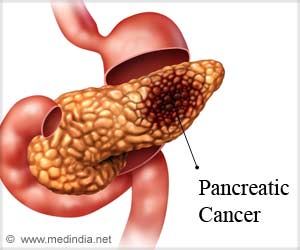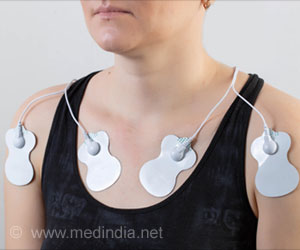“This could lead to new therapies to prevent strokes and heart attacks in certain COVID-19 patients who are at the highest risk,” says Allison Hays, M.D., medical director of echocardiography programs at The Johns Hopkins Hospital and senior author of the published paper.
Patients who are hospitalized with COVID-19 have more than double the rate of arrhythmias, including atrial fibrillation and atrial flutter, a similar rapid rhythm that can lead to heart failure and stroke.
Hays and her colleagues in this study compared 80 patients with COVID-19 with 34 patients who did not have COVID-19 who were also treated at The Johns Hopkins Hospital in the intensive or intermediate care units for respiratory issues. None of the patients had a history of heart arrhythmia.
Researchers analyzed echocardiograms of hospitalized patients, applying a special kind of analysis called speckle-tracking strain to determine how well the left atrium of the heart moves with each heartbeat.
Patients with COVID-19 had reduced function of their left atrium, the chamber of the heart that receives oxygenated blood from the lungs.
Left atrial strain was significantly lower in patients with COVID-19 and left atrial emptying fraction was also lower in the patients with COVID-19.
Left atrial strain was lower among the 30% of patients with COVID-19 who developed atrial fibrillation or flutter during their hospital stay compared with other patients with COVID-19. This suggests that speckle-tracking analysis — and specifically, left atrial strain measurement.
“A lot of patients already get echocardiograms while in the hospital; the addition of strain analysis requires no extra scanning of the patient,” says Erin Goerlich, M.D., a cardiology fellow at the Johns Hopkins University School of Medicine and first author of the new paper.
“So this is a safe and affordable new data point that can clue us in about who might develop atrial fibrillation.” Echocardiograms cost on average about $2,000, and are generally covered by health insurance.
When the researchers looked at the blood of patients with COVID-19 who developed atrial fibrillation, they saw some differences compared with other patients with COVID-19. People who developed atrial fibrillation had higher levels of troponin and NT-proBNP (946 versus 231, p=0.0007), two known markers of heart stress.
“This tells us that COVID-19 patients with high levels of these biomarkers should be followed more closely and may benefit from an echocardiogram,” says Goerlich.
Hays cautioned that the current study didn’t test whether treating patients with COVID-19 with blood thinners could help prevent the complications that can result from atrial fibrillation, which has been suggested by some clinicians. Blood thinners are generally prescribed to atrial fibrillation patients to lower the risk of blood clots and strokes.
New study suggests that treating people with low left atrial strain, could be one path forward. More research is needed in this area, Hays says.
“We’re also actively studying how these effects on the heart might persist after SARS-CoV-2 infection,” she adds. “It’s important to know whether those measures of strain and emptying fraction improve over time.”
Source: Medindia



